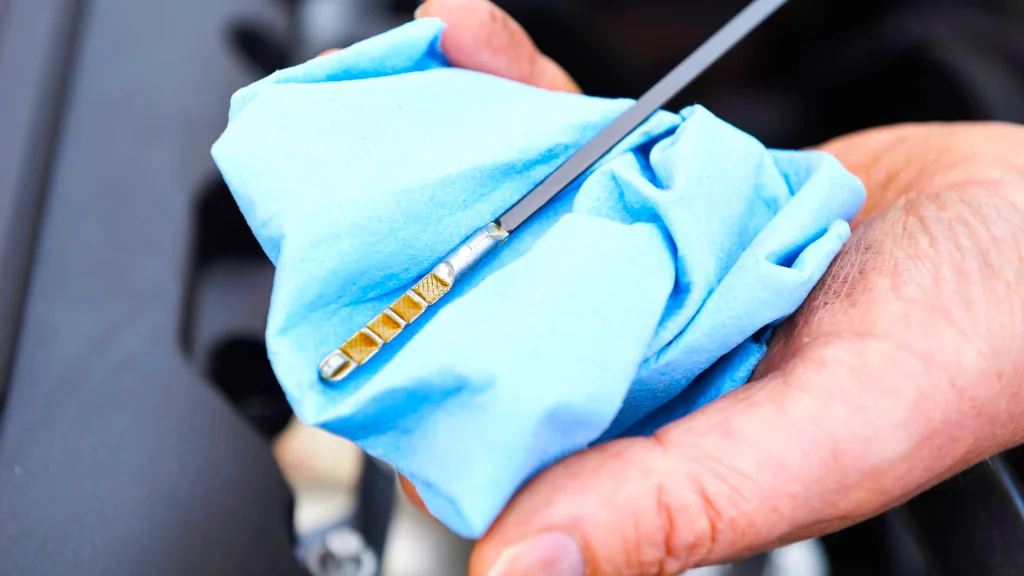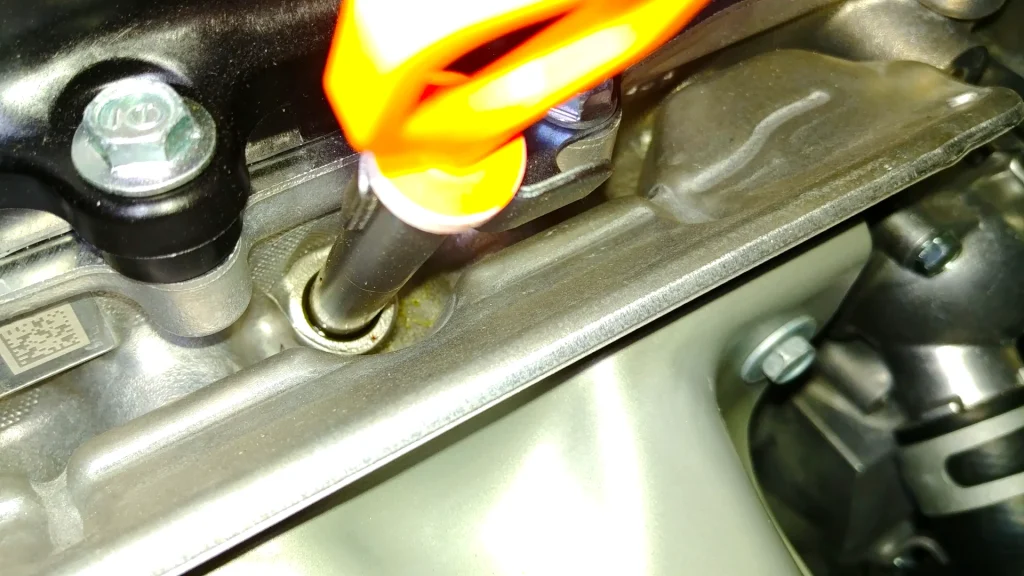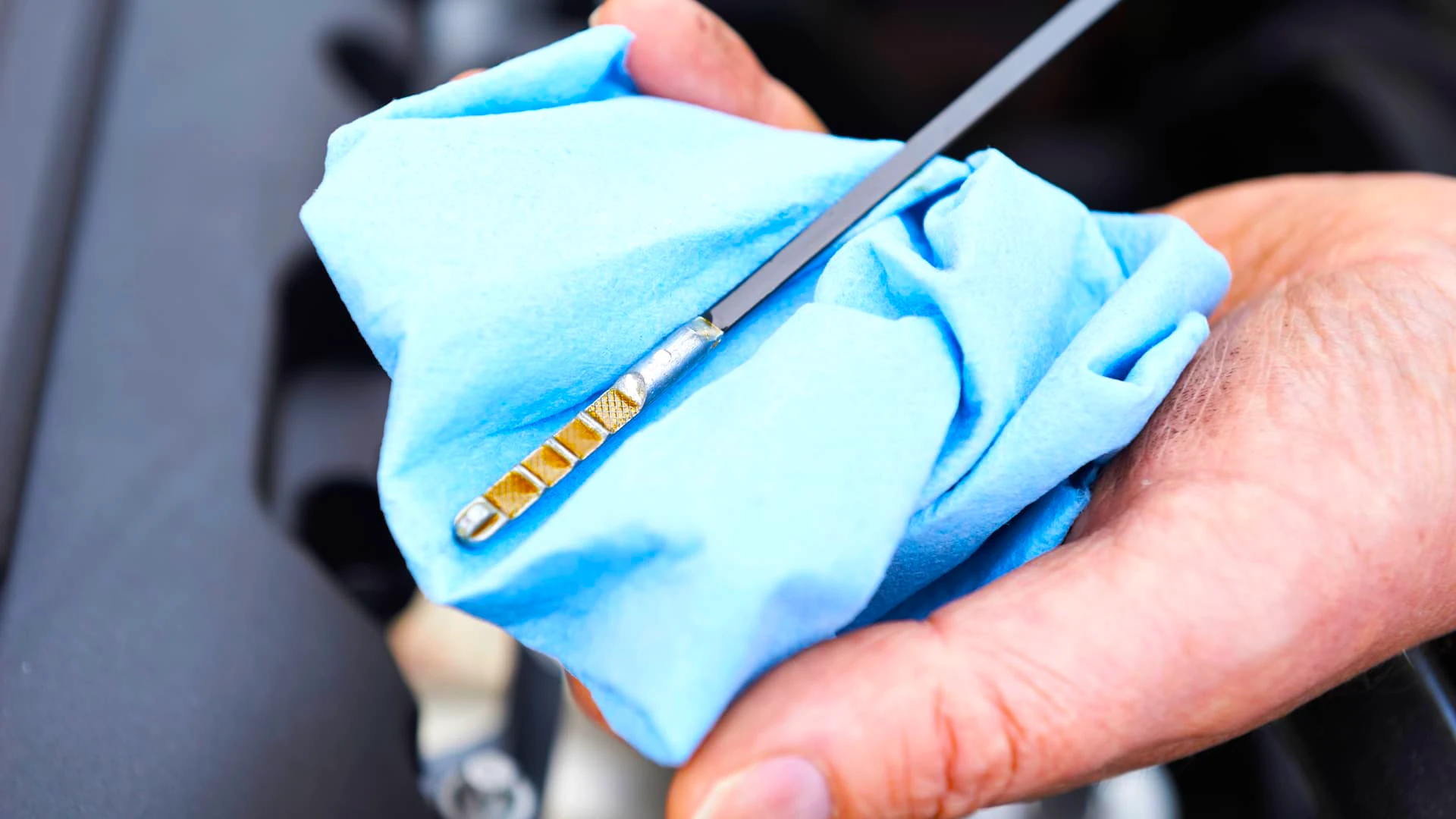If you’ve recently checked your car’s engine oil and noticed dried residue on the oil dipstick, you might be wondering what this indicates. While the presence of residue might seem alarming, understanding its causes can help you take the appropriate action to keep your vehicle running smoothly.
What is Dried Residue on the Dipstick?
Dried residue on the oil dipstick can appear as a brown, white, or even foamy substance. This residue forms due to several factors that may or may not signal a problem with your engine.

Common Causes of Dried Residue
One of the most common causes is condensation and moisture. Short trips that prevent the engine from reaching optimal operating temperature can lead to condensation build-up. This moisture can mix with the oil, causing a milky or foamy residue to form on the dipstick.
Another potential cause is oil contamination. Contaminants, such as coolant leaking into the oil system, can result in residue. This issue often points to a more serious problem like a blown head gasket. Overheating is also a factor to consider. When the engine overheats, oil can oxidize, leaving behind a dark brown or black residue on the dipstick. Additionally, old or degraded oil can contribute to residue. Over time, engine oil breaks down, losing its effectiveness and leaving behind sludge or residue.
Is Residue a Problem?
Determining whether the residue is a problem depends on its appearance and frequency. If the residue is light and occasional, it may simply be the result of condensation and is not an immediate cause for concern. However, a consistent build-up of thick, milky, or gritty residue could indicate serious issues like coolant leaks or severe oil degradation. In such cases, immediate inspection by a mechanic is advised.
How to Address the Issue
To address this issue, consider driving longer distances to allow your engine to fully warm up during drives, reducing condensation. Regular oil changes are essential to prevent buildup and ensure the oil remains effective. If the residue persists, inspect the engine for potential leaks or gasket issues. Additionally, keep an eye on coolant levels, as a drop may signal a leak into the oil system.

While dried residue on an oil dipstick can be harmless, staying vigilant and proactive can prevent minor issues from escalating into costly repairs. Regular maintenance and monitoring are key to extending the life of your engine and ensuring optimal performance.
Author: Fabio Isidoro
Founder and editor-in-chief of Canal Carro, he dedicates himself to exploring the automotive universe with depth and passion. A car and technology enthusiast, he produces technical content and in-depth analyses of national and international vehicles, combining quality information with a critical eye for the public.









